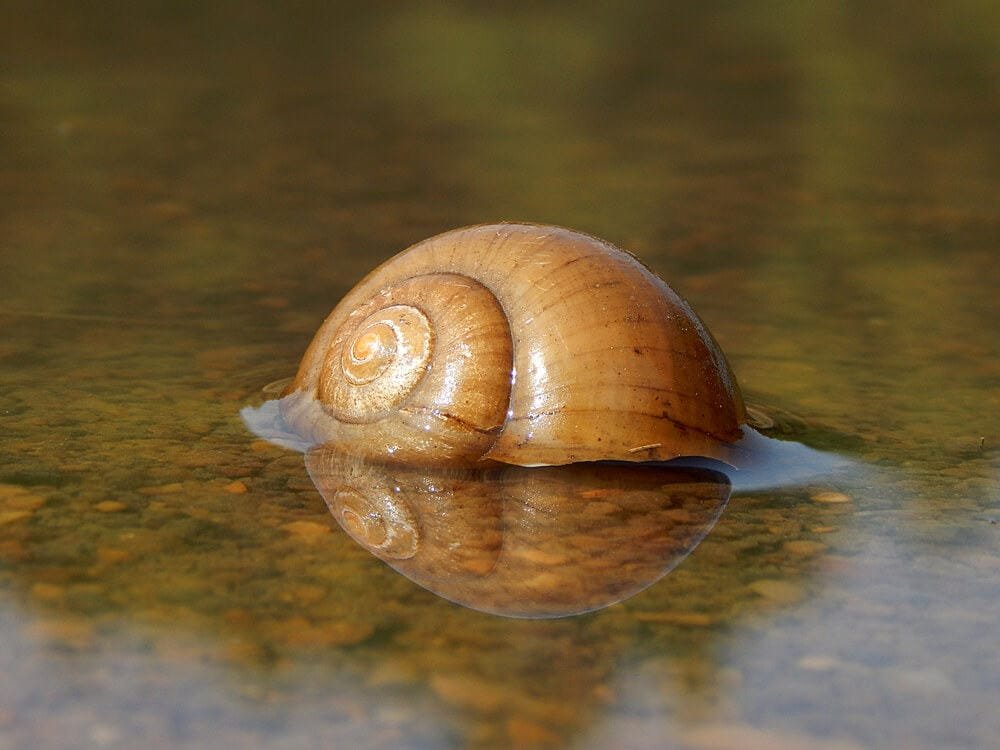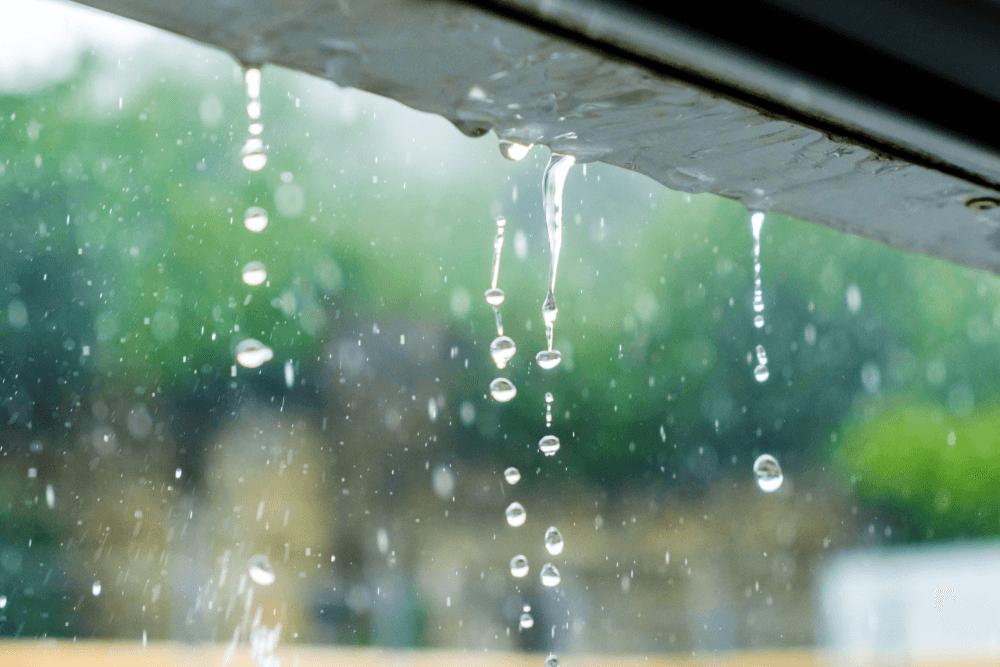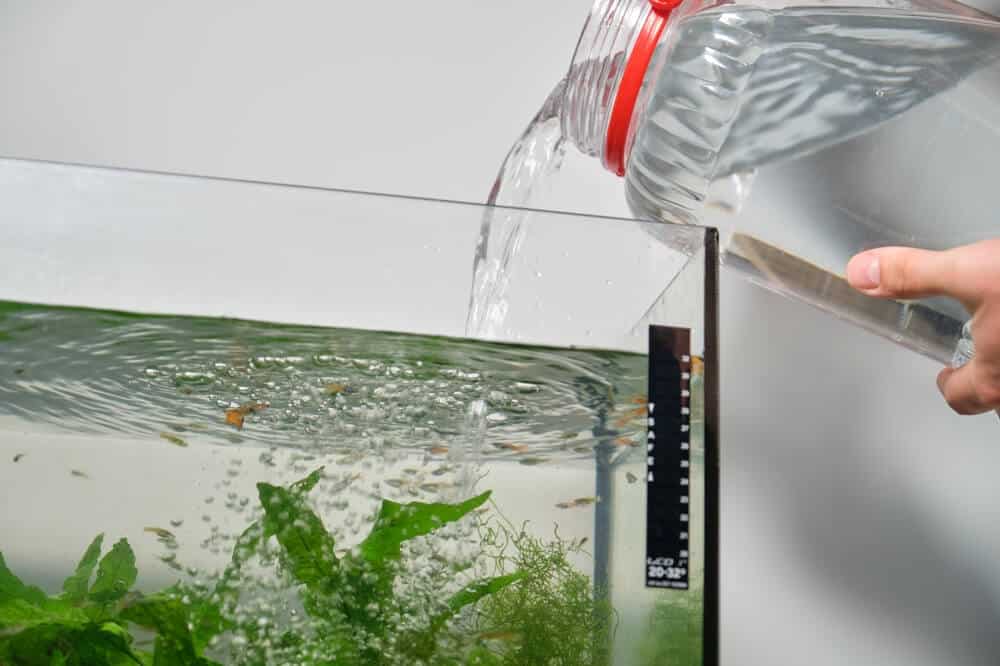Aquariums are an attractive addition to any property. However, to keep the aquarium looking good, it requires regular and maximum maintenance.
One of the issues that arise is sand floating in the aquarium.
Most aquarists prefer sand as a tank substrate because it provides excellent buffering and has a natural appearance. It gets unpleasant when sand floats in the water.
Ten Factors to Keep Your Aquarium Sand from Floating
If your aquarium keeps floating sand to the top of the water tank, it can be irritating to watch. In this article, we will explain why your aquarium sand is floating.
1. Water Disturbance
If there is a disturbance of water in the tank, the sand will float at the top of your water tank.
It can be caused by a sudden movement by your fish or any aquarium inhabitant which pushes the sand around.
In addition, if the air or filter pump is pointed downward, it causes disturbance in the water.
2. Improper Substrate
The type of substrate you use in the aquarium matters a lot. If the substrate is too light or fine, it will tend to float in the water.
Although the majority of the substrate will eventually settle, the lighter particles will stay floating, clouding the water.
These lighter particles rise, particularly when placed at the bottom of the tank and then flooded with water.
3. Improper Sand Cleaning
Clean and rinse the sand that you intend to add to the aquarium. If you add unrinsed sand to the tank, debris, and dust will remain in the sand making it float.
Air pockets in improperly rinsed sand also form air pockets that lead the sand to float.
So, make sure to completely rinse the sand before introducing it to the water tank.
4. Air Bubbles
The sand grains you put in the water tank may contain air bubbles trapped in them. It can make the sand float at the top of the aquarium.
This issue is mostly seen in newly established aquariums.
Usually, the air bubbles in the sand grain get water-logged fast and sink to the bottom of the water tank in a few days.
However, some particles refuse to sink and you should use your hands to push them under the water. If they fail to sink completely, you can remove all the floating particles from the aquarium.
5. Strong Water Flow
The flow of water in an aquarium is essential to preventing debris accumulation and sand floating.
If the water flow is too strong, it makes the sand stir and floats on the water’s surface. You can try to adjust the flow or redirect it away from the aquarium substrate.

6. Overfeeding
Overfeeding the fish in your aquarium causes the sand to float by increasing the amount of debris in the tank.
Excess food descends to the tank’s bottom and mixes with the sand, which becomes suspended in the water, causing gas to form and the sand to float.
Reduce the quantity of extra food fed to the fish to reduce gas production in the aquarium.
7. Chemical Imbalances
Sand may float if there are water chemistry imbalances in the aquarium. If you use water with high levels of nitrate or phosphorus, for example, the sand will rise.
The reason is, changes in water composition or PH affects the sand properties making it to be buoyant and float.
So, to maintain a healthy tank environment for your tank, regularly test the water and act on any imbalances found.
8. Improper Installation
Poor sand placement in the aquarium can cause it to float on the water.
For example, if the sand is shallow in some areas or unevenly distributed, it will float.
Additionally, adding sand to an already-filled water container causes it to become suspended in the water, resulting in floating.
To prevent sand from floating, make sure you apply the proper methods when putting it.
9. High Temperatures
High temps in the tank can also cause sand to float. It causes sediment to become overly dense. When sand is compacted or not correctly settled, this occurs.
High temps create a chemical reaction in the sand, resulting in PH changes. It can also speed up the decomposition process, resulting in the emission of ammonia.
Ammonia changes the characteristics of the sand, causing it to float as well.
10. Sand Gravity
The density of sand when compared to water determines whether it will float on top of the water tank.
Sand with a low specific gravity, such as crushed coral, will float more easily than sand with a greater specific gravity.
Why It Is Important to Keep Your Aquarium Sand from Floating
Floating sand in water disrupts the filter operation and makes the fish sick.
Also, it messes up the whole appearance of the tank. Sand floating also damages the chemistry of the aquarium’s water making it hard for the inhabitants to feed and move around.
In addition, it leads to the formation of sediment and debris on the water’s surface which can harm the aquatic life in the water tank.
Floating sand reduces the amount of oxygen that reaches your inhabitants. Swimming becomes difficult with floating sand leading to stress and reduced growth.
Conclusion
When the sand bed is poorly maintained, floating sand in the aquarium becomes a problem.
Some of these causes include; overfeeding, air bubbles trapped in the sand, improper sand rinsing, and high temperatures.
To deal with this problem, avoid giving your inhabitants excess food, confirm if there are air bubbles and release them, adjust water flow, and keep water temperatures balanced.
Also, look for a sand substrate with a higher specific gravity and do not disturb the water in the tank.
To have your aquarium running, ensure you monitor your tank and make the necessary adjustments.
Giving your aquarium proper care and maintenance, you will have it looking attractive and have the sand bed in place.
Well maintained aquarium allows your fish or other inhabitants to remain healthy and live longer.
Hopefully, this article has given you most of the things that cause sand to float. In most cases, the floating sand usually settles down to the bottom after a few days.







